Home>Gardening & Outdoor>Landscaping Ideas>What To Cover New Grass Seed With
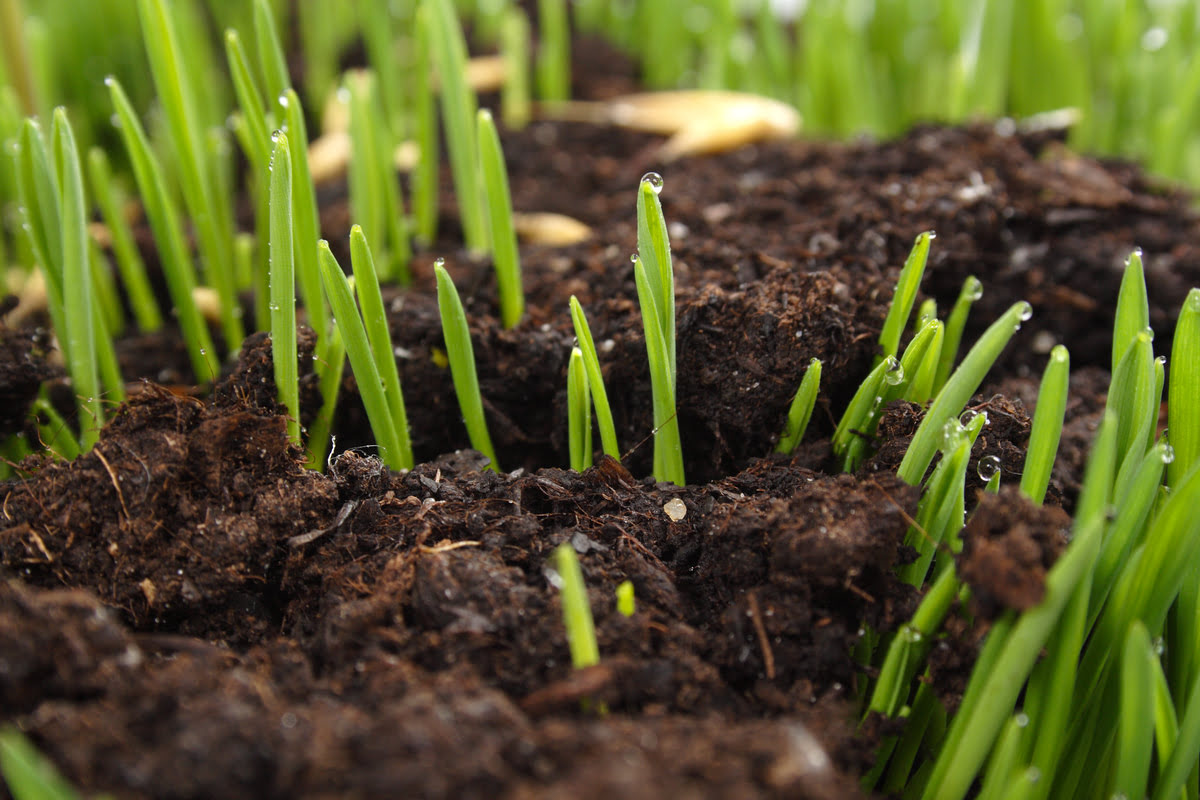

Landscaping Ideas
What To Cover New Grass Seed With
Modified: March 21, 2024
Discover effective landscaping ideas for covering new grass seed and promoting healthy growth. Learn how to protect your lawn and achieve lush, vibrant results.
(Many of the links in this article redirect to a specific reviewed product. Your purchase of these products through affiliate links helps to generate commission for Storables.com, at no extra cost. Learn more)
Introduction
So, you've decided to plant new grass seed in your yard. That's a fantastic decision! Whether you're aiming to rejuvenate a patchy lawn or establish a new one, planting grass seed is a cost-effective and rewarding way to achieve a lush, vibrant lawn. However, simply scattering the seed on the soil isn't enough to ensure successful germination and healthy growth. To give your grass seed the best chance of thriving, it's crucial to cover it properly. In this article, we'll delve into the importance of covering new grass seed, explore various covering options, discuss best practices for this essential step, and provide you with all the information you need to set the stage for a flourishing lawn. Let's embark on this journey to transform your outdoor space into a verdant oasis!
Key Takeaways:
- Covering new grass seed is essential for protecting it from the elements, maintaining moisture, and deterring pests, setting the stage for a lush, vibrant lawn.
- When covering new grass seed, choose from options like mulch, straw, blankets, compost, or hydroseeding, and follow best practices for optimal germination and growth.
Read more: What Is Best To Cover New Grass Seed
Importance of Covering New Grass Seed
Covering new grass seed serves several vital purposes in the germination and establishment process. Firstly, it provides protection from the elements. Uncovered seeds are vulnerable to being washed away by heavy rain or blown by the wind, diminishing their chances of successful germination. Additionally, exposure to sunlight can dry out the seeds, hindering their ability to sprout. By covering the seeds, you create a shield against these potential hazards, ensuring that they remain securely in place and retain the moisture necessary for germination.
Furthermore, covering the grass seed helps to maintain consistent soil moisture, which is essential for successful germination. By preventing rapid evaporation and protecting the seeds from drying winds, the covering helps create a conducive microclimate for germination. This is particularly crucial during the initial stages of growth when the seeds are delicate and require stable moisture levels to sprout and develop healthy roots.
Another key benefit of covering new grass seed is the protection it offers from hungry birds and opportunistic pests. Uncovered seeds are an easy target for birds and other creatures, posing a threat to the success of your seeding efforts. By providing a physical barrier, such as a layer of mulch or straw, you can deter these potential seed predators and safeguard your grass seed until it has had a chance to establish itself.
Moreover, the covering also helps to create a conducive environment for seed germination by moderating soil temperatures. By insulating the soil, the covering can help to mitigate temperature fluctuations, promoting more consistent and optimal conditions for germination and early growth.
In essence, covering new grass seed is a crucial step that offers protection, promotes consistent soil moisture, deters seed predators, and helps create an ideal environment for successful germination and early growth. By understanding the importance of this practice, you can set the stage for a thriving lawn from the very beginning.
Options for Covering New Grass Seed
When it comes to covering new grass seed, there are several effective options to choose from, each offering unique benefits and considerations. Understanding these options will enable you to select the most suitable method for your specific lawn and environmental conditions.
1. Mulch
Mulch is a popular choice for covering grass seed due to its ability to retain moisture, moderate soil temperature, and protect the seeds from erosion and bird activity. Organic mulches, such as shredded straw, compost, or finely chopped leaves, are excellent options for promoting seed germination while enriching the soil as they decompose. Additionally, mulch provides a visually appealing covering for the seeded area.
2. Straw
Straw serves as an effective protective layer for new grass seed, offering insulation against temperature fluctuations and helping to retain moisture. It also acts as a deterrent to birds and other seed-eating creatures. Wheat straw is a common choice for this purpose, as it is lightweight and easy to spread evenly over the seeded area.
Read more: What Are Cover Crops And Crop Rotation?
3. Blankets or Mats
Seed blankets or mats are pre-seeded, biodegradable fabrics that provide an optimal environment for grass seed germination. These products offer protection from erosion, retain moisture, and create a microclimate conducive to seedling development. They are particularly useful for sloped areas or locations prone to soil erosion.
4. Compost
Spreading a thin layer of compost over newly seeded areas can promote seed germination and provide essential nutrients to support early growth. Compost helps to retain moisture, improve soil structure, and enhance the overall health of the soil, contributing to the success of the grass seedlings.
5. Hydroseeding
Hydroseeding involves spraying a mixture of grass seed, mulch, fertilizer, and binding agents onto the soil surface. This method provides an even application of the seed and mulch mixture, promoting rapid germination and establishing a protective layer over the seeds.
By considering these covering options and their respective benefits, you can make an informed decision based on your specific lawn conditions, desired aesthetic, and the unique advantages offered by each method. Selecting the right covering option will play a pivotal role in the successful germination and establishment of your new grass seed.
Best Practices for Covering New Grass Seed
Effectively covering new grass seed is essential for creating an optimal environment that promotes successful germination and early growth. To ensure that you achieve the best results, it’s important to follow a set of best practices when applying the covering. By adhering to these guidelines, you can maximize the chances of establishing a healthy and vibrant lawn.
1. Proper Application Thickness
When applying a covering such as mulch, straw, or compost, it’s crucial to achieve the appropriate thickness. A thin layer may not provide adequate protection and moisture retention, while an excessively thick layer can hinder seedling emergence and growth. Aim for a covering thickness of approximately ¼ to ½ inch to create an ideal environment for the grass seed.
2. Even Distribution
Ensure that the covering material is spread evenly over the seeded area. This uniform distribution helps to provide consistent protection, moisture retention, and insulation for the seeds. Pay attention to any bare spots or areas with uneven covering to guarantee that all seeds receive adequate support for germination.
3. Consider Seed Type and Soil Conditions
Take into account the type of grass seed you are planting and the specific soil conditions in your lawn. Certain grass species may have unique requirements for covering, and soil characteristics such as drainage, texture, and fertility can influence the choice of covering material and application method. Tailoring the covering approach to suit your seed type and soil conditions can optimize the germination process.
4. Watering and Monitoring
After applying the covering, ensure that the seeded area is watered gently to moisten the covering material and the underlying soil. It’s important to monitor the moisture levels regularly and adjust your watering schedule as needed to prevent the covering from drying out or becoming waterlogged. Maintaining consistent moisture is critical for supporting seed germination and early growth.
5. Removal Considerations
If you opt for a covering method that requires eventual removal, such as straw or seed blankets, consider the ease of removal and any potential impact on the emerging seedlings. Plan for the appropriate timing and method of removal to minimize disruption to the young grass plants as they establish themselves.
By adhering to these best practices, you can ensure that the process of covering new grass seed is carried out effectively, setting the stage for successful germination and the establishment of a healthy, vibrant lawn. Taking the time to apply the covering with care and consideration will yield rewarding results in the form of lush, green grass that enhances your outdoor space.
Conclusion
Covering new grass seed is a crucial step in the process of establishing a healthy and resilient lawn. By providing protection, promoting consistent moisture, and creating an optimal environment for germination, the covering plays a pivotal role in the success of your seeding efforts. Understanding the importance of this practice and exploring the various covering options empowers you to make informed decisions that align with the specific needs of your lawn and the environmental conditions at hand.
As you embark on this journey to transform your outdoor space into a verdant oasis, remember that the best practices for covering new grass seed are rooted in careful application, consideration of seed and soil characteristics, and attentive monitoring of moisture levels. By following these best practices, you can maximize the potential for successful germination and the establishment of a thriving lawn that enhances the beauty of your property.
Whether you opt for mulch, straw, seed blankets, compost, or hydroseeding, the covering method you choose should align with the unique requirements of your lawn and the desired outcomes for your landscaping project. Each covering option offers distinct benefits, and by selecting the most suitable approach, you can set the stage for the healthy growth and lush greenery that will enrich your outdoor environment.
Ultimately, the process of covering new grass seed is an investment in the future beauty and vitality of your lawn. By embracing the significance of this practice and implementing the best practices outlined in this article, you are taking proactive steps to ensure the success of your seeding project and the realization of a vibrant, thriving lawn that brings joy and tranquility to your outdoor space.
Frequently Asked Questions about What To Cover New Grass Seed With
Was this page helpful?
At Storables.com, we guarantee accurate and reliable information. Our content, validated by Expert Board Contributors, is crafted following stringent Editorial Policies. We're committed to providing you with well-researched, expert-backed insights for all your informational needs.
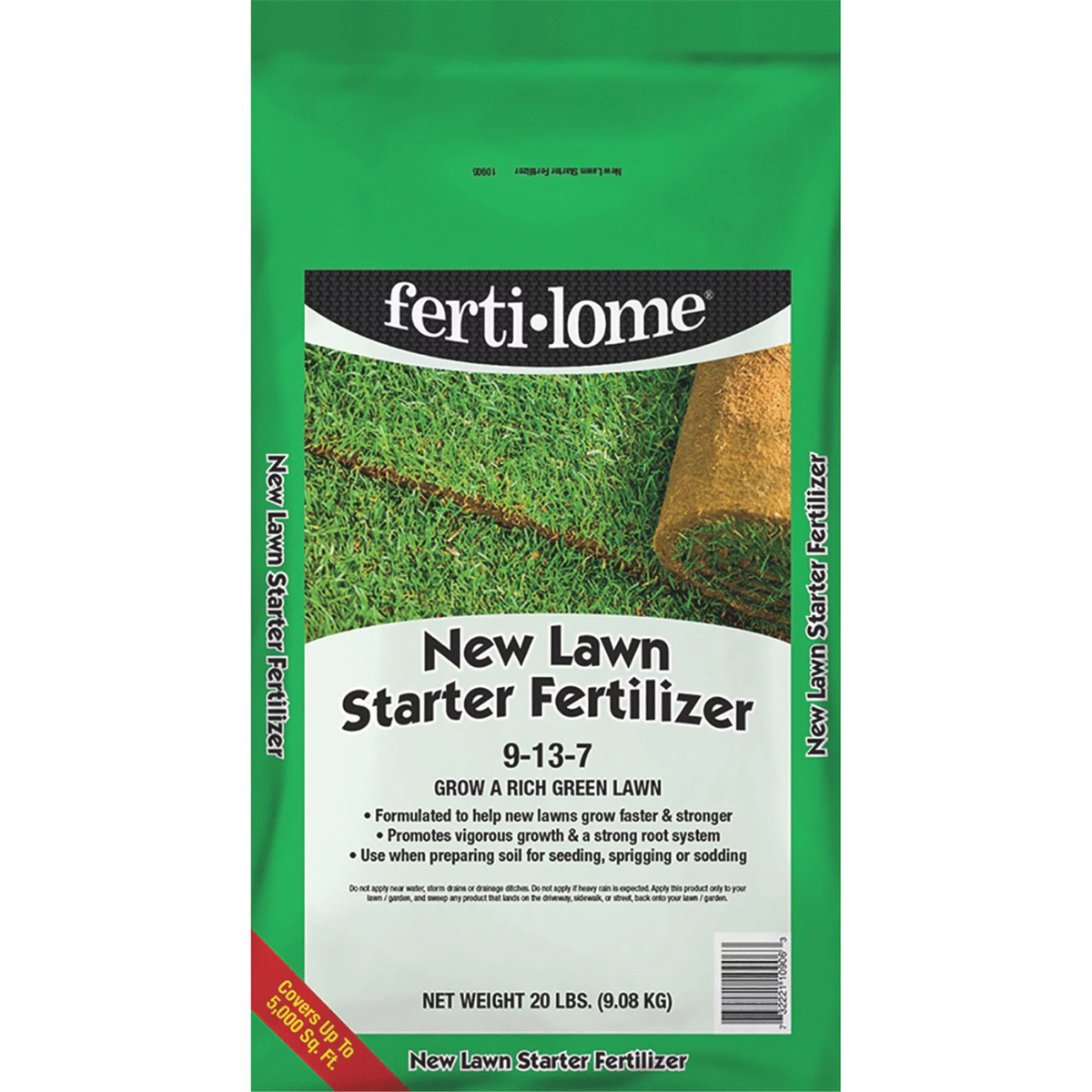
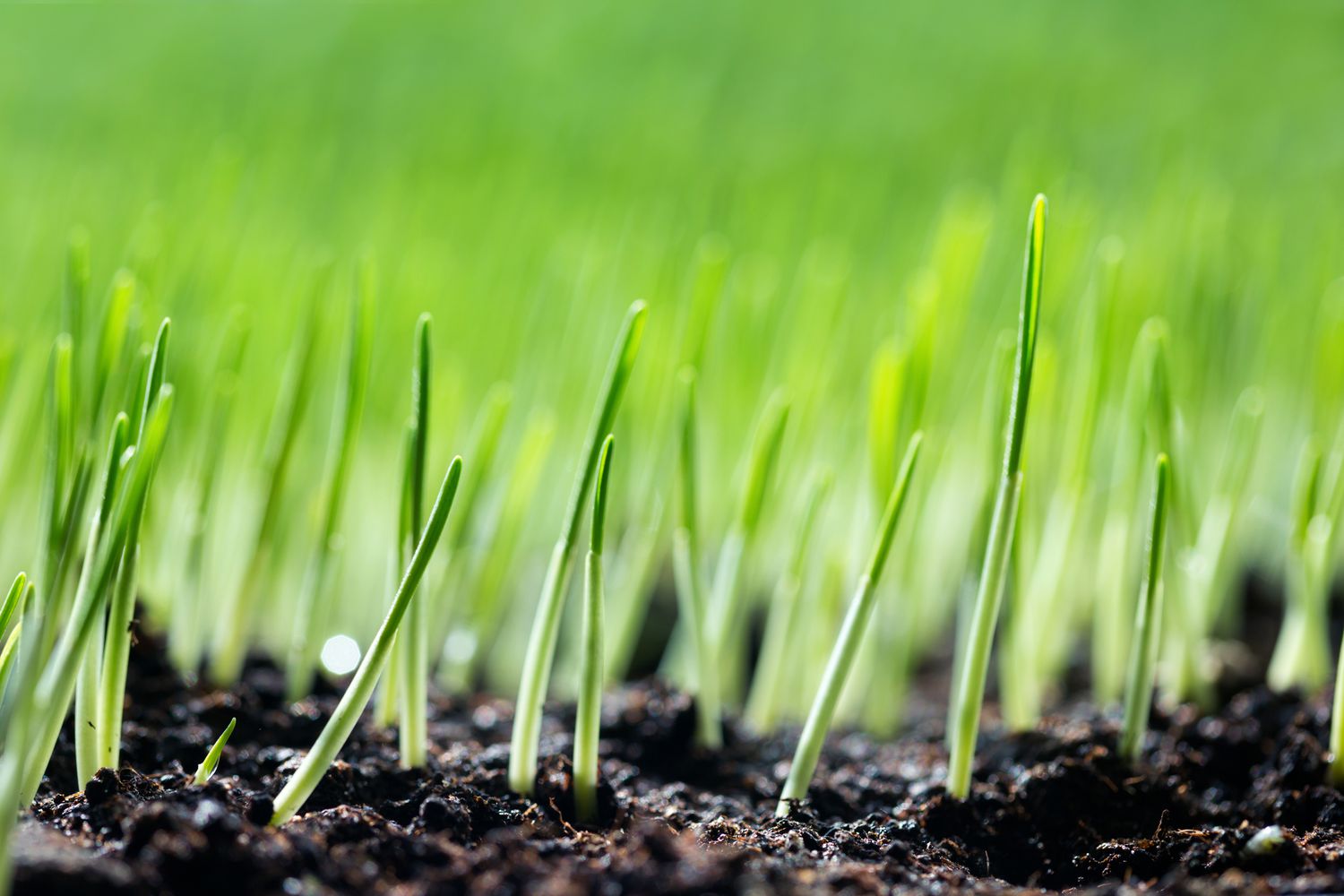


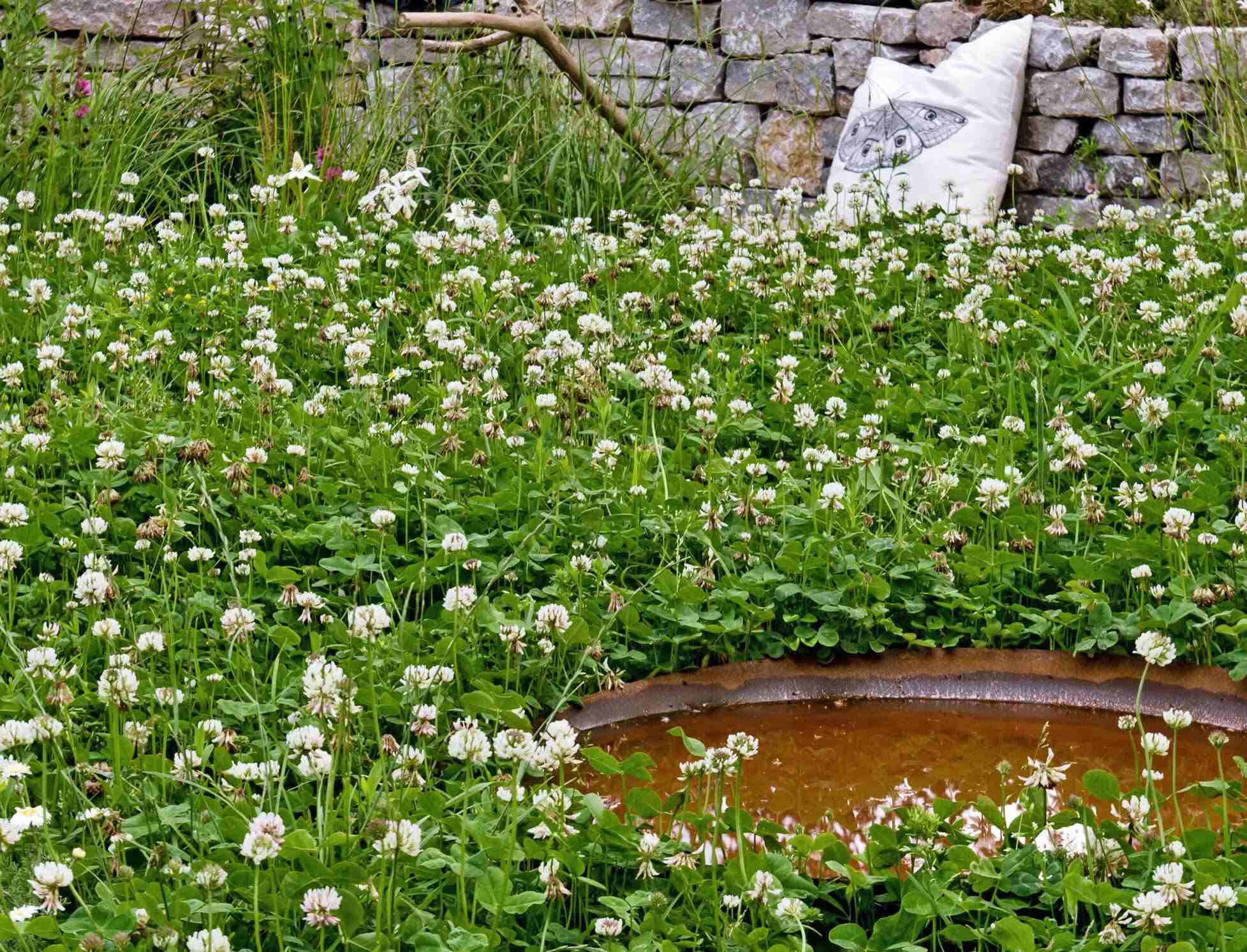

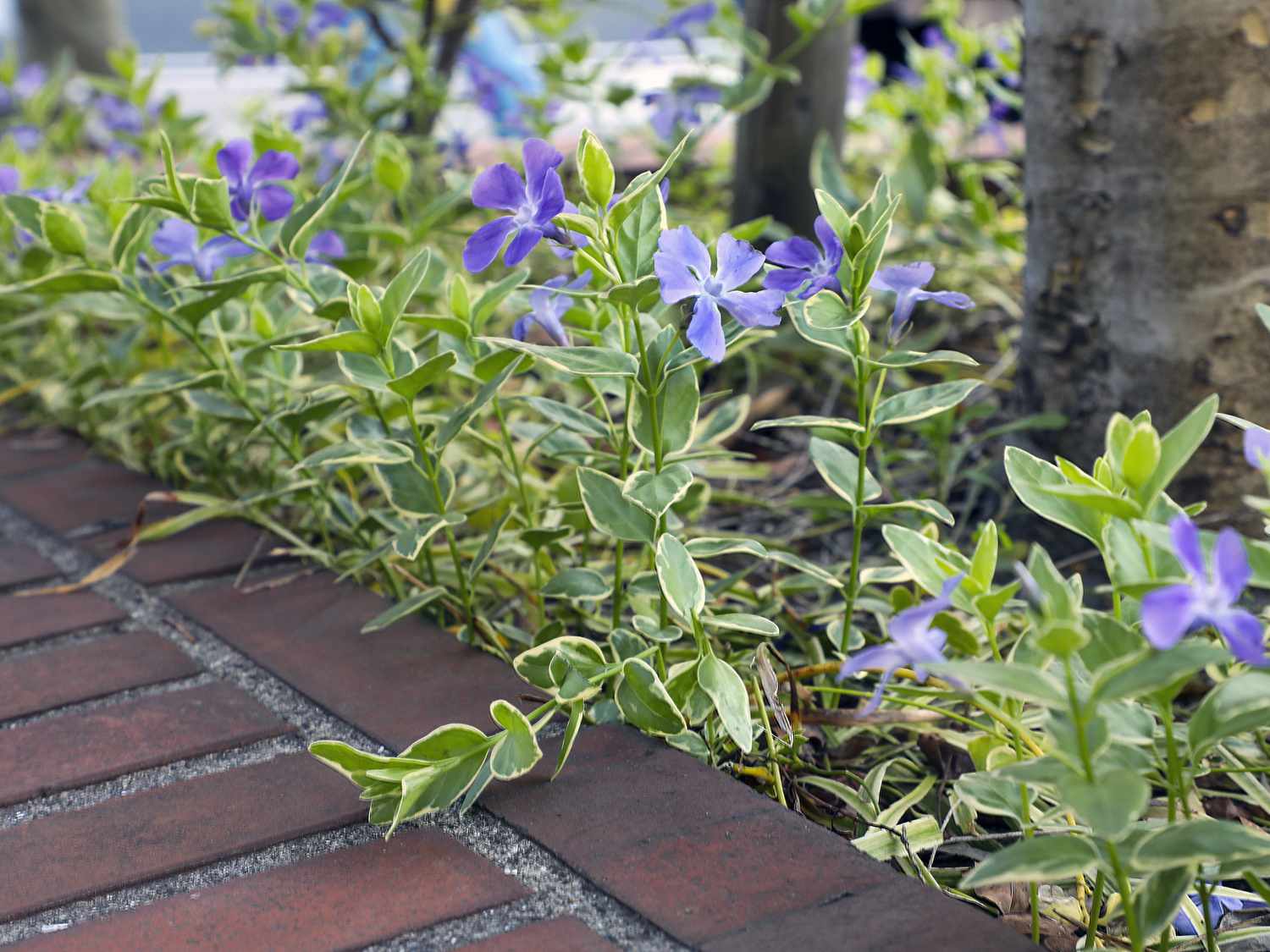
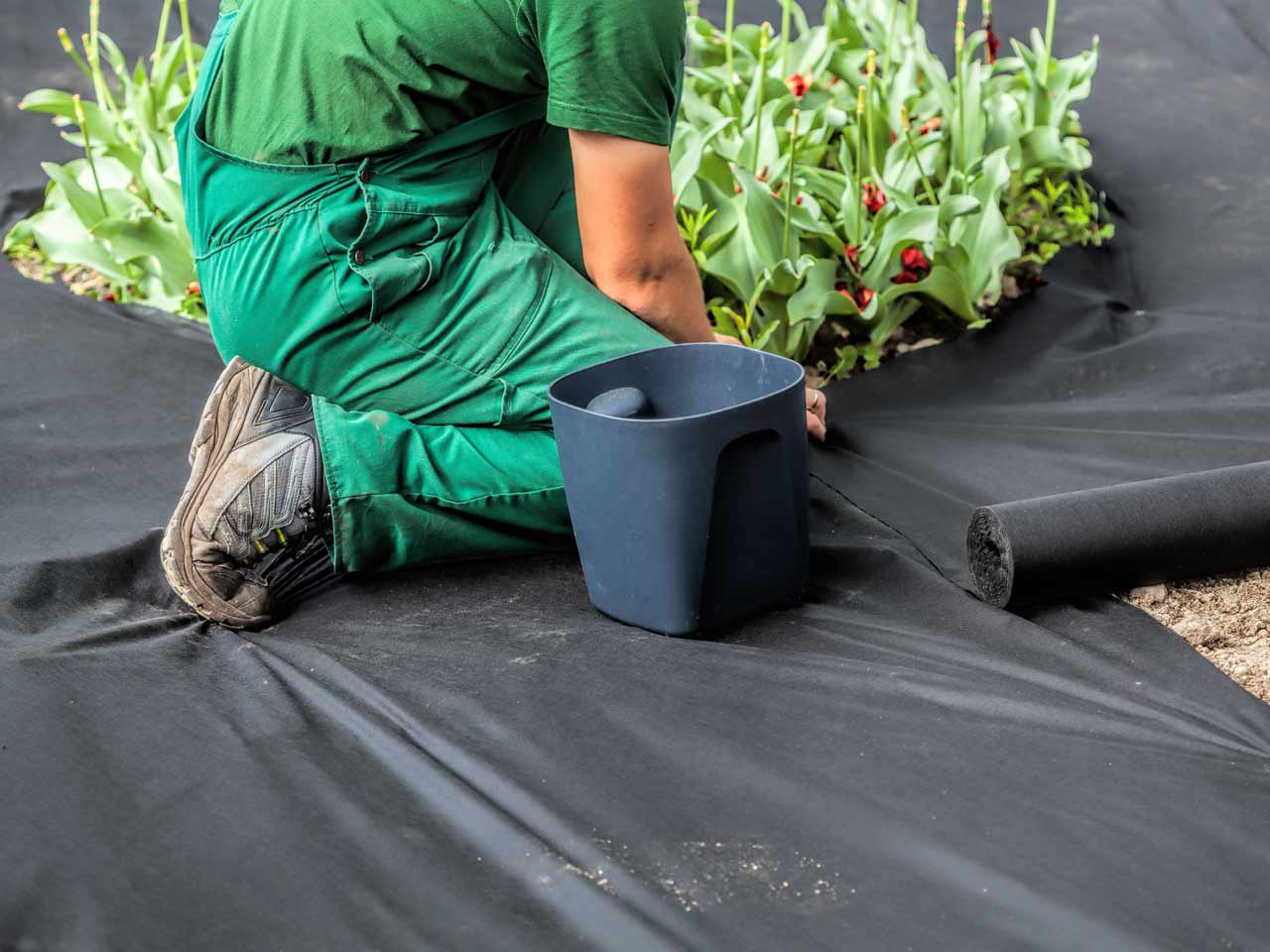
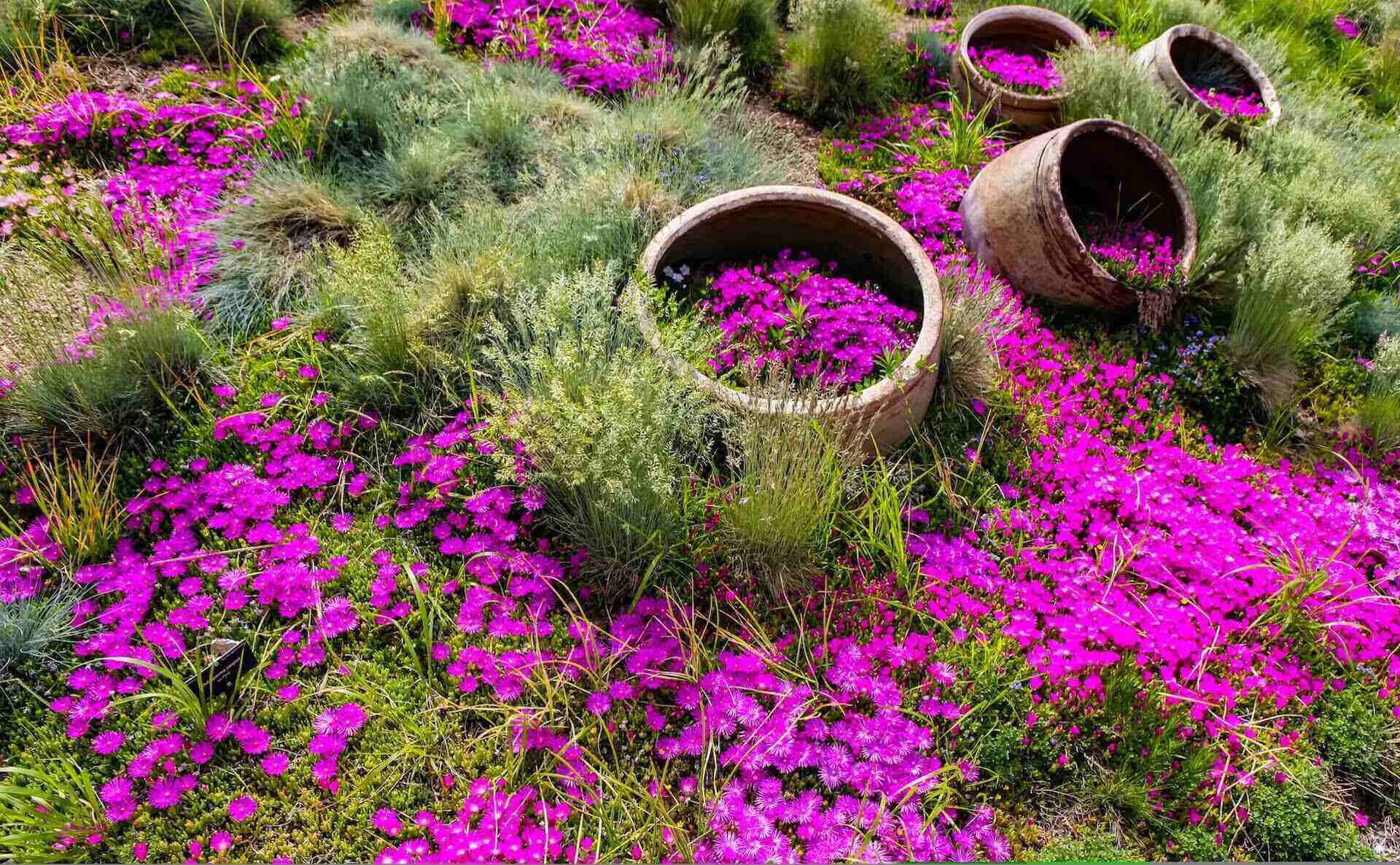
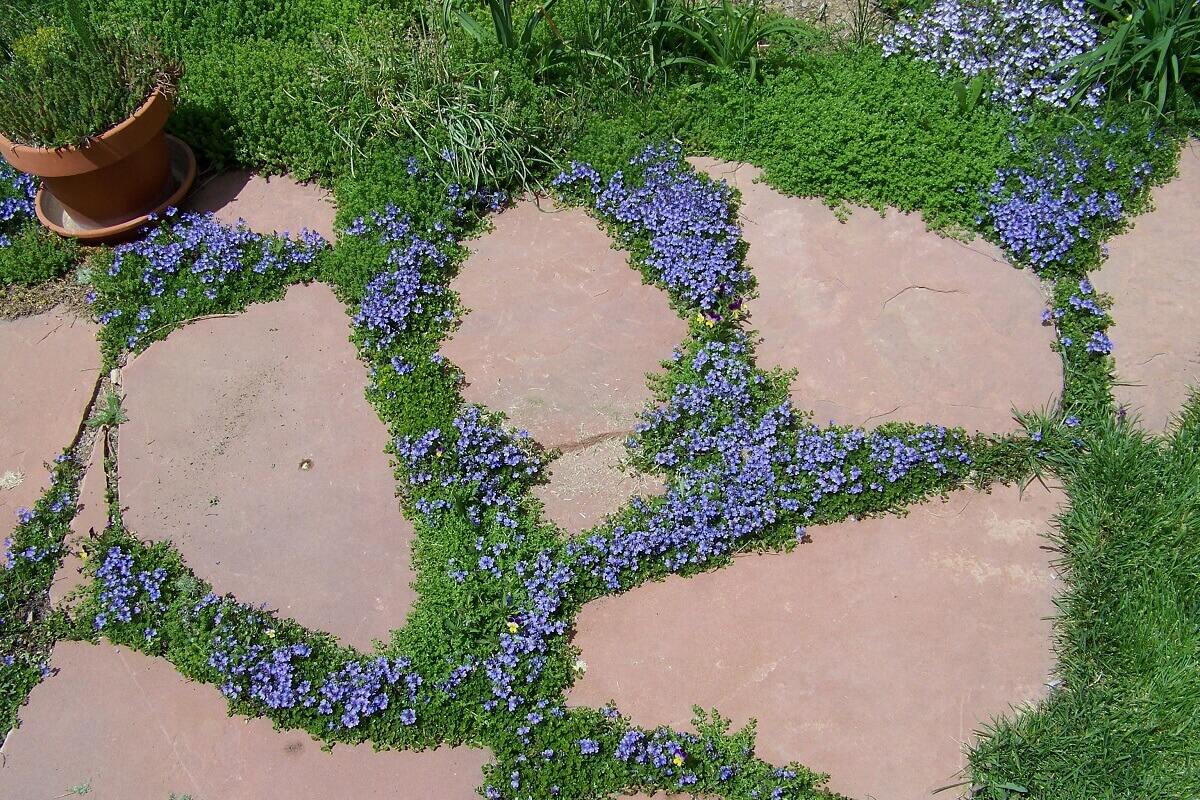
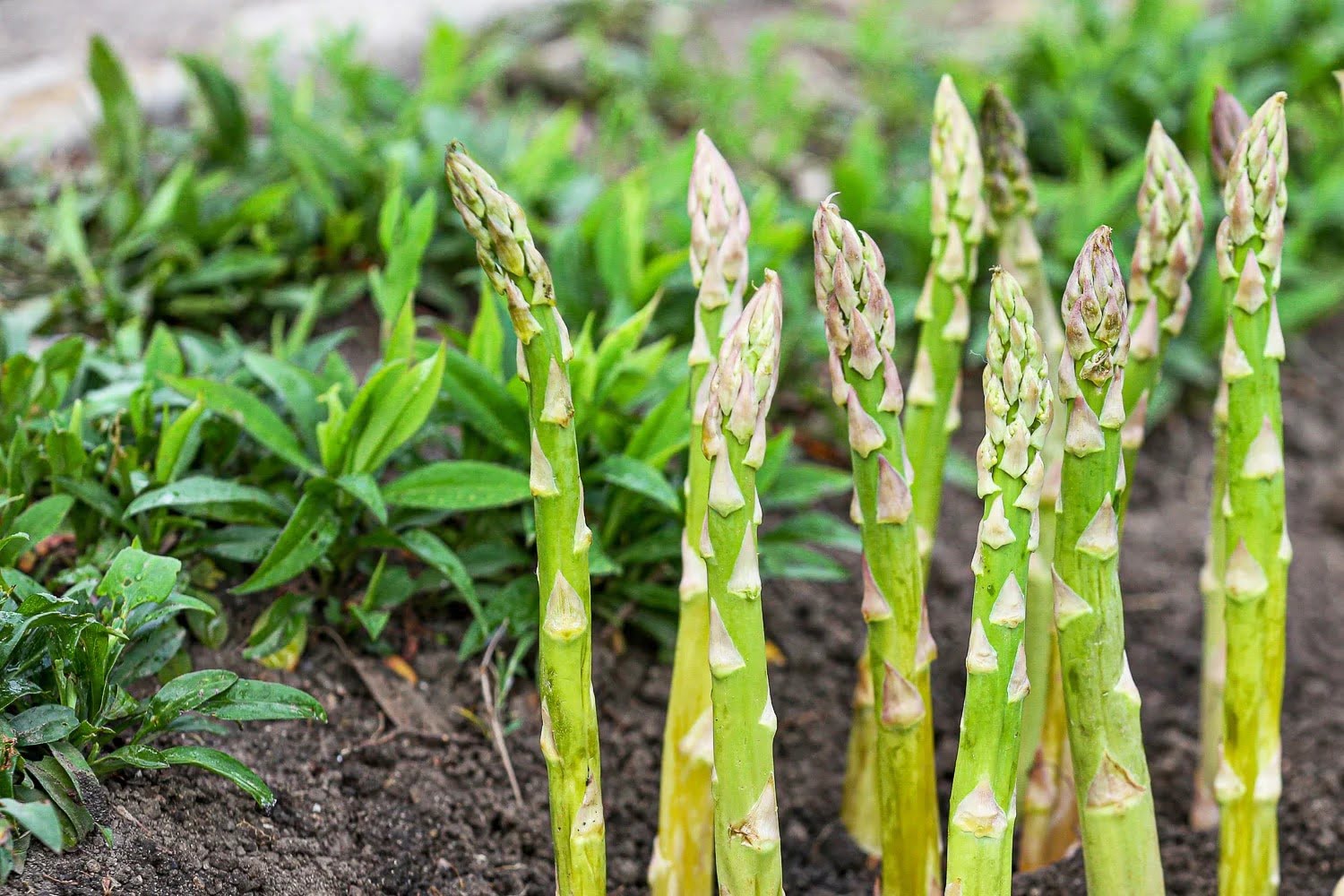
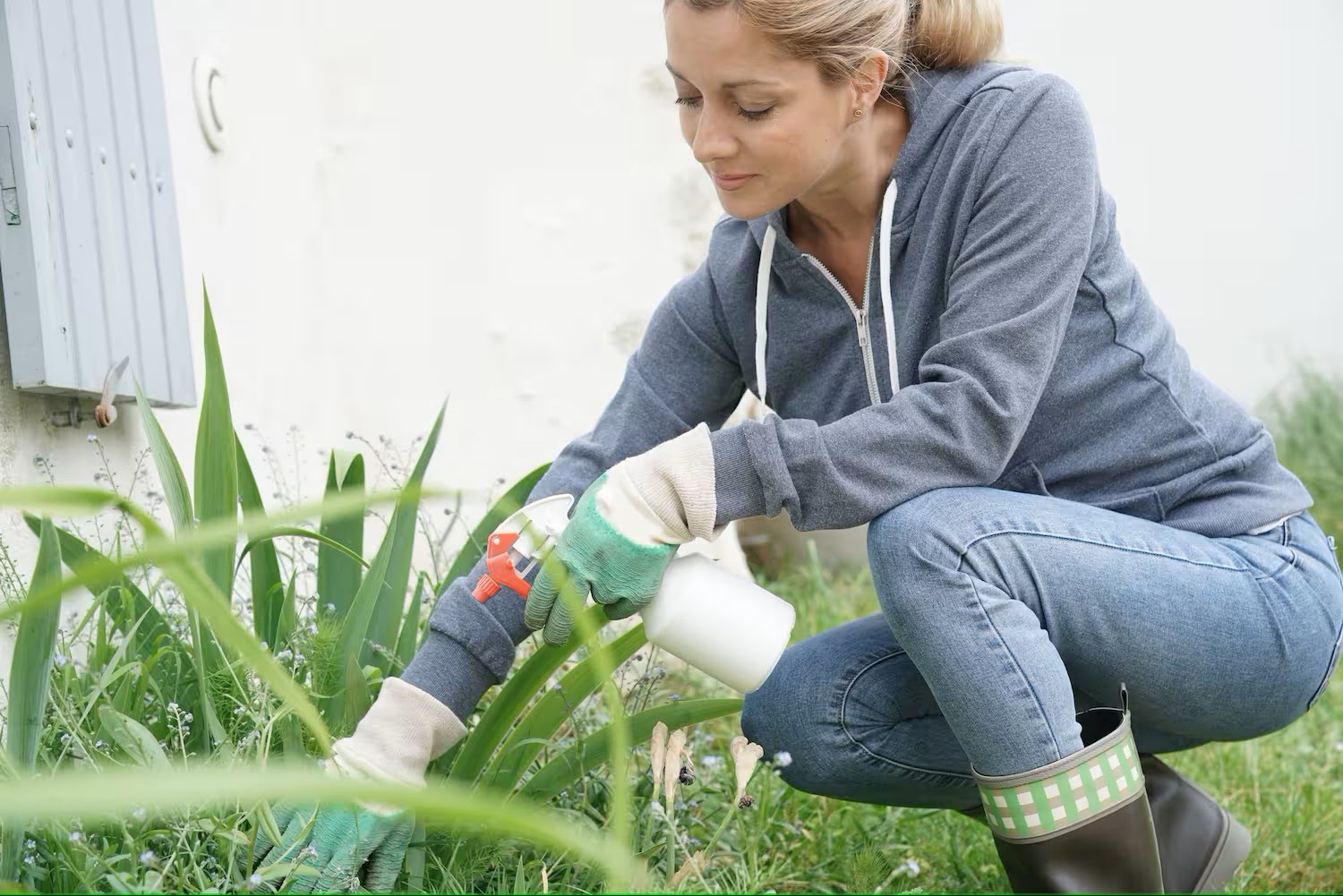

0 thoughts on “What To Cover New Grass Seed With”